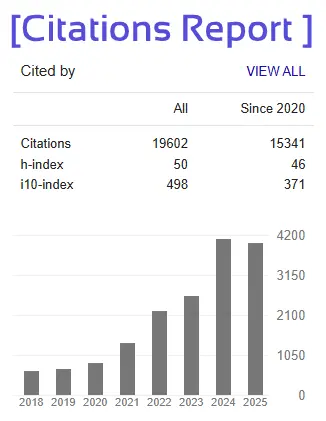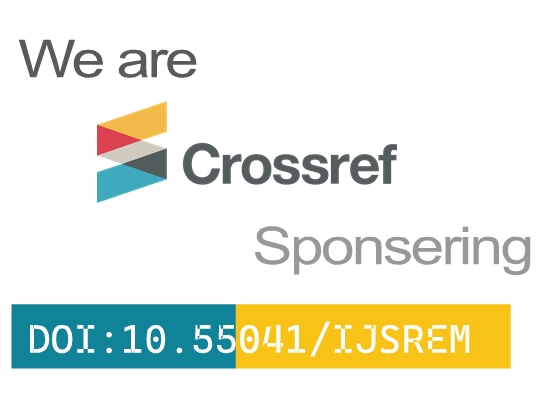Autonomous Vehicle Simulation.
Ansh Tulsyan
Dept. of ECE
University of Illinois Urbana-Champaign
Champaign, USA
ansht2@illinois.edu
Anshul Bhardwaj
Dept. of Computer Science
Chandigarh University
Mohali, India
anshulrb2004@gmail.com
Pranjal Shukla
Dept. of Computer Science
Chandigarh University
Mohali, India
pranjal.shukla.355@gmail.com
Piyush Gautam
Dept. of Computer Science
Chandigarh University
Mohali, India
piyushgauti23@gmail.com
Tushar Singh
Dept. of Computer Science
Chandigarh University
Mohali, India
Contact@itstushar.com
Abstract—Autonomous vehicles represent a revolutionary advancement in transportation technology, relying heavily on sophisticated simulations for development and testing. This abstract presents an approach to autonomous vehicle simulation utilizing the Udacity Self-Driving Car Nanodegree platform coupled with Convolutional Neural Networks (CNNs) for perception tasks. The simulation environment provided by Udacity offers a realistic representation of urban driving scenarios, allowing developers to test and train autonomous vehicle algorithms in a virtual setting before deploying them on real-world roads. This environment includes various elements such as traffic lights, pedestrians, and other vehicles, providing a comprehensive testbed for algorithmic validation. To enhance the perception capabilities of autonomous vehicles within this simulated environment, Convolutional Neural Networks (CNNs) are employed. CNNs have proven effective in image recognition tasks, making them well-suited for tasks like object detection and classification crucial to autonomous driving. The neural network is trained on a diverse dataset, enabling it to accurately identify and interpret the surrounding environment through sensor data, such as camera images. The integration of CNNs with the Udacity simulation platform enables the autonomous vehicle to make informed decisions based on its perception of the environment. The trained CNN serves as a crucial component in the overall perception pipeline, enhancing the vehicle's ability to recognize and respond to dynamic and complex scenarios.
Keywords—Autonomous vehicle simulation, Artificial Intelligence, Object Recognition, Real-Time Processing, convolutional neural networks.







